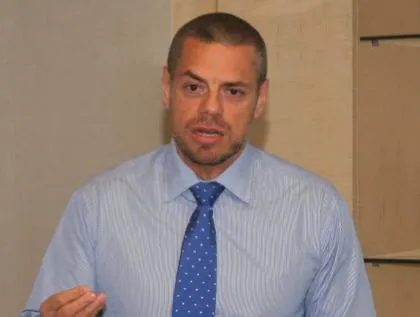
Singapore economy fuels electricity trading value
National Electric Market of Singapore released its report on its record-breaking performance in 2010. In this light, the power generation sector is increasing the utilisation of plant technologies to achieve Singapore’s drive for energy efficiency.
Energy Market Company (EMC), Singapore’s wholesale electricity market operator, recently released its National Electricity Market of Singapore (NEMS) Market Report 2010. The report, which was released in EMC’s headquarters last April during a media briefing, stated a record value of $7.99 billion of electricity products traded in the NEMS. The average annual electricity demand and Uniform Singapore Energy Price (USEP) also broke records last year.
NEMS Market Report 2010
The recovery of NEMS charted in the second half of 2009 continued all throughout 2010, with the first two quarters seen with the most growth compared to the same period the year before.
The overall demand for the year amounted to 42 terawatt hours, an in¬creased 8.3% from 2009 and a new market record. USEP reached its record-breaking figure at $171 per megawatt hour, 16% higher than the previous year. This rise in USEP corresponded with the 29% year-on-year increase in fuel oil price. However, the USEP remained lower than the average annual vesting contract hedge price of $172/MWh, according to the report. For monthly level of USEP for NEMS, the recorded $207/MWh in March 2010 was also an all-time high.
According to Dave Carlson, Chief Executive Officer of EMC, this is the first time since NEMS started operation in 2003 that electricity trading value passed the $7 billion mark. “With electricity demand recording its lowest level of growth in 2009, there was a major turnaround last year with the average annual demand increasing from 4,603MW in 2009, to 5,008MW in 2010. This increase of about 9% was the highest year-on-year growth rate for demand since the market started.”
“Power generation capacity in Singa¬pore was more than adequate to meet the demand last year, with the total annual registered capacity reaching 10,013MW. Generator capacity was boosted primarily by two new combined-cycle gas turbine (CCGT) units that were added in late 2009 and became operational in 2010. The market saw two new participants last year which added a total of three new steam turbine (ST) units to the system,” according to the report.
Singapore’s economy fuels electricity demand
Singapore’s economy grew by 14.5% in 2010. According to the Monetary Authority of Singapore, the Singapore economy has rebounded in the last quarter of 2010. The growth was mainly indebted to the services sector and the surge in pharmaceutical output. This heightened buoyancy of the Singaporean economy fueled the rise in electricity demand, leading to NEMS’ increased trading numbers. The average annual electricity demand reached 5,008MW, almost 9% higher than 2009.
Another all-time high for the average monthly demand level was recorded at 5,161MW for the month of May.
Insight: Energy efficiency holds the key to power generation’s future
The power generation sector eats up 50% of the country’s total fuel consumption. This leads to increased desire to lessen fuel dependence by creating ways to achieve higher energy efficiency functions of the sector.
Singapore’s National Environment Agency (NEA) and Energy Market Au¬thority (EMA) teamed up to create a multi-sectoral committee called the Energy Efficiency Programme Office to facilitate the development of energy efficiency in Singapore. Since the liberalisation of the electricity market, power generation companies have moved towards the utilisation of natural gas combined-cycle turbine technology. As a result, power efficiency has increased from 38% to 44% in 2006.
Trigeneration and cogeneration technologies have also been employed by plants to utilise energy wastes, according to NEA.
According to Mr. Carlson, “NEMS continued to attract new investments. Power generation companies are also continuing to improve the efficiency of their power plants through new facilities and repowering projects. All these have contributed to the development of Singapore’s wholesale electricity market.”
Electricity prices reflect current market supply and demand. NEMS continued gaining momentum and remained com¬petitive in 2010.
The demand in 2011, so far in the first three months has softened. In the first quarter of the year, it recorded 4,819MW, a 3.1% drop from the last quarter of 2010. Normally, the monthly demand is lower during the first few months because of festive holidays and cooler weather. In line with this, the average USEP in the first quarter was $169/MWh, a 0.6% decrease from the last quarter of 2010.
EMC is the operator of Singapore’s wholesale electricity market – Asia’s first liberalised electricity market. EMC was established in 2001 as a joint venture between the EMA and The Marketplace Company Pte Ltd (M-co). EMC provides a transparent and competitive platform for the trading of electricity in Singapore.



















 Advertise
Advertise






